JUSTICE, W.Va. — Which is the shortest river in West Virginia? Most sources have heretofore agreed that it’s the Holly River at 3.9 miles. The namesake for Holly River State Park, it is indeed short, far shorter than most people probably think a river should be.
However, there’s another river in West Virginia that’s even shorter, yet no one seems to have caught on. It appears in no database, though it may be one of the shortest rivers in the U.S. It’s the Salt River, which is only about 2.5 miles long. You've never heard of it? You’re not alone.
A tributary of the Guyandotte River in Wyoming County, the Salt River descends swiftly from the peaks of a narrow ridge, tumbling nearly a thousand feet in its short course.
Yet, it’s hardly a river at all, says Brian Morgan, superintendent at R.D. Bailey Lake, in which the river is located. The U.S. Army Corps of Engineers operates the 630-acre lake for both flood control and recreation.
“In fact, I’ve always referred to it as a drain—not even a creek,” Morgan says. “I never really thought about it in terms of a river, but it’s sure called that. It's been running past my office for all these years, but I hadn’t thought about it.”
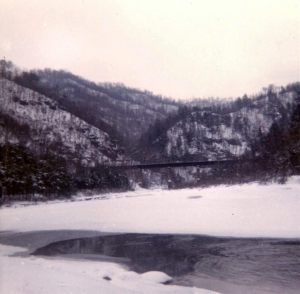
The Salt River first appears on maps by the U.S. Geological Survey in 1963, but the stream was known by that name many years before, according to Duranny Walls, who grew up near its mouth.
“This was such a beautiful place back then,” Walls said of the valley along the Guyandotte before R.D. Bailey Lake was created in the early 1960s. “I wouldn’t trade my memories there for all the gold in the world.”
Walls was the last child born at “Big Bottom,” a broad meander in the valley of the Guyandotte that would be flooded when the lake came into being. Born in 1946, he was delivered by a doctor who had to be led into the homeplace by a mule.
Though he couldn’t say for sure how the Salt was named, he had certainly asked, and his grandfather, John Duff Blankenship, a provider of much wisdom,
“I asked granddad,” Walls said, “and to the best of my knowledge, there was a salt lick in the head of Salt River.”
A salt lick is a natural deposit of mineral salts that animals lick to obtain essential nutrients, especially zinc, iron, sodium, calcium, and phosphorus. They’re found where mineral-rich water seeps from the ground or evaporates, leaving salty residues. They were used by wild animals such as deer, elk, and bison to supplement their diets, especially in areas where natural sodium is scarce.
What is now West Virginia was part of a large area of salt licks. For many years before the discovery of large salt deposits in the American West, salt deposits, or salines, along the Kanawha and Little Kanawha rivers were significant sources of salt production.
Salt licks or mineral licks, such as those at Salt River, did not become industrial salt production sites but were more critical to hunters for the game they attracted. However, geologist Andrew Schaer says it’s worth investigating whether salt was harvested from the river on a larger scale.
“There was once a decent-sized hamlet just east of Salt River that likely was a historic salt upwelling site. Back before 1880, this was a big deal. The 1900 mapping shows just under a dozen structures,” Schaer said.
But how can the Salt River be a river if it's so short? Mustn't rivers be a certain length to qualify?
They do not. There's no specification as to what determines a river, as far as length goes. The Roe River in Montana is about 201 feet. The D River in Oregon is about 440 feet long. The Kuuk River in Alaska is about 550 feet long. The Indian River in Michigan is 1.5 miles long, and the Tahquamenon River, also in Michigan, is 0.4 miles long.
Though little known, the Salt River boasts its own hiking trail. The two-mile Salt River Trail begins at the lake visitor center and returns, following a former strip-mine bench between the visitor center and the source of the river. The trail is level and an easy walk, although in spring, there are several muddy areas along the way, so be sure to wear shoes or boots that can get dirty.
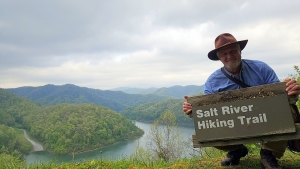
Boaters on the lake can also visit the mouth of the river, though no established trail follows the stream itself.
Why do so few people know of the Salt River? Why does it not show up in databases? The fact is that it does. It appears in documentation by the U.S. Geological Survey, which is the agency responsible for officially naming landforms.
As to why state authorities haven't established word of this remarkably short river, who can say? It certainly exists, and its strange name is reason enough for more research.
Ghostly thunder in W.Va. mountains tied to subterranean source

GILBERT, W.Va. — As the tale goes, folks in the neighborhood of Codger Town in Wyoming County were haunted by a thundering rumble, the origins of which were attributed to a ghost they called "Old Thump." Reuben Mitchell heard it himself as a boy in the '60s. "I'll never forget it! One night, I was walking along the river when I heard it coming, like horse hooves down the road, though nothing was there. It would send chills up your spine to hear it." READ THE FULL STORY HERE
Sign up to receive a FREE copy of West Virginia Explorer Magazine in your email weekly. Sign me up!

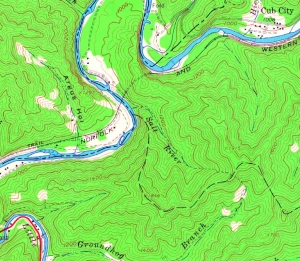
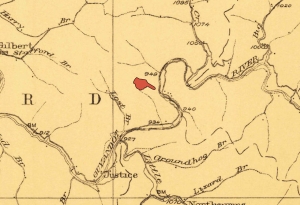
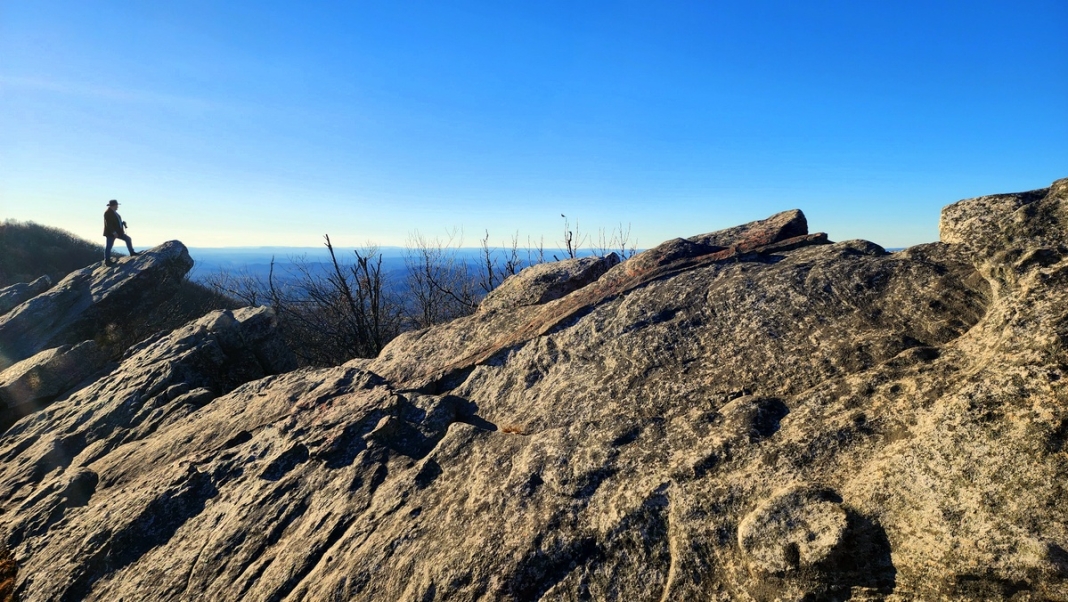

Great Story! Our history as related to our salt licks, springs and now rivers is unique and fascinating!
The last I checked a stream needs to be 100 mi long at a minimum to be called a river.
Where did you check that? It's apparently wrong.